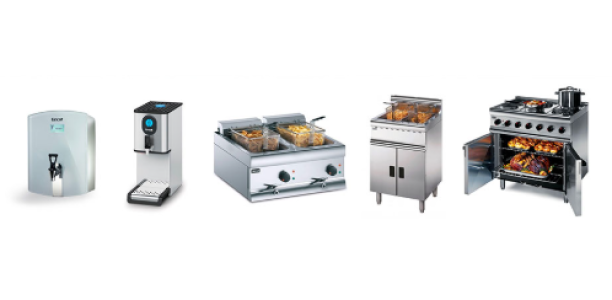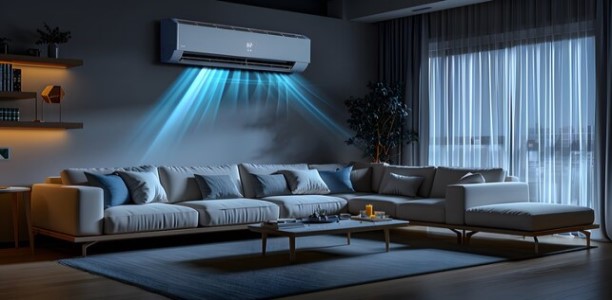What do people mean by "Wet" Electric Central Heating?
In the HVAC Community we often bandle around the term "wet" central heating or wet electric central heating, for the average consumer this might require some elaboration, and so we have prepared an article that aims to detail what this means and how it can benefit the end user.

Electric heating is a popular and efficient way to heat homes and commercial buildings. One of the most innovative types of electric heating is wet electric heating. Wet electric heating is a system that uses water as a heat transfer medium, combined with an electric heating element, to provide radiant or convection heating. Wet electric heating systems consist of a network of pipes installed in a floor or ceiling, through which hot water is circulated to provide heat. The hot water is heated by an electric boiler, which heats the water to a predetermined temperature, and then pumps it through the pipes to the desired area. The heat is then transferred to the surrounding area, providing heat.
Benefits of Wet Electric Central Heating:
- Even heat distribution, where convection (air) heating systems can leave hot or cold spots in situ, wet central heating provides a much more even coverage for your household space.
- Installability regardless of interior design choices. Any type of flooring can house the pipework necessary for this sort of heating system. Alternative systems might suffer if under laminate compared to screed etc.
- More energy-efficient than air convection heating systems, as the water retains heat for much longer than air, meaning the system requires less energy to maintain a comfortable temperature.
- Less maintenance than alternative systems. Most wet central heating radiator systems just need the occasional bleeding, which at most might be necessary once a year.
- Flexibility - wet central heating systems can be used in tandem with a basin and washing hot water supply. The use of an indirect coil can mean the hot water powered by your central heating boiler can be used to power the hot water for baths, showers and basins. Often these systems are designed to maximise each other's efficiency.
- Operation ease - many wet central heating systems can be controlled via the use of thermostats or a nifty app, allowing for maximum control and comfort in your heating system with a higher degree of user agency than some alternative heating methods.
Things To Consider:
There are a few things to mention that are worth considering when it comes to wet electric central heating. One major thing, contaminants in the water supply (f.e. water hardness) could affect the efficiency, so please ensure that your boiler is well maintained as issues could trickle down into your heating quality. If you're looking at larger-scale locations, such as manufacturing plants or warehouses, it might not be feasible to pipe radiators into the central areas, so a wet system where there are larger spaces without walls between them might suffer. Luckily for industrial open spaces such as this, we also sell suitable units in the Shadow Industrial range, found here.
Conclusion
In conclusion, wet electric heating is a highly efficient and flexible way to heat homes and commercial buildings. It provides an even distribution of heat, is low maintenance, and can be used as the primary or secondary heating system. While there are some considerations to keep in mind when installing a wet electric heating system, the benefits of this innovative heating system make it an excellent choice for those looking to stay warm and comfortable during the colder months.

















